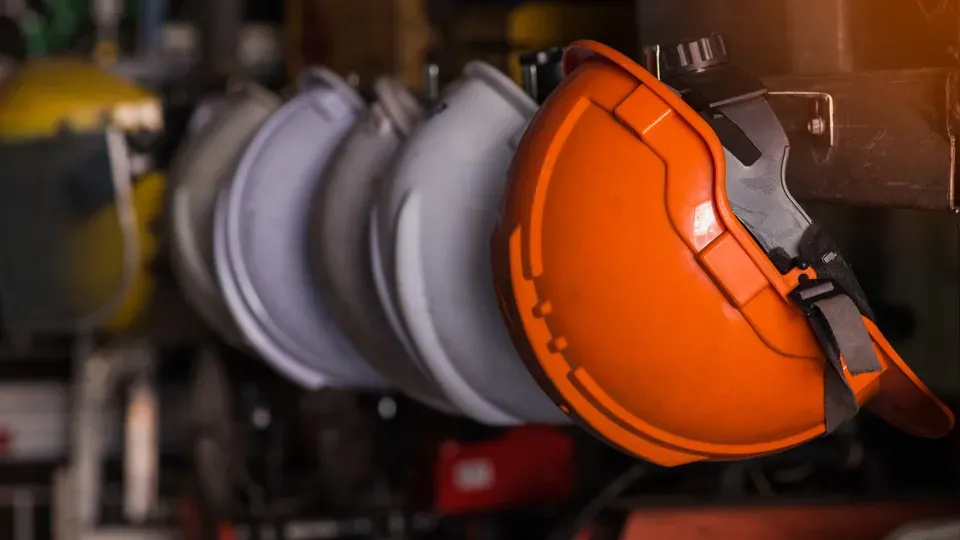What Is Safety?
During the course of my duties in working with different companies, one of the first questions I ask people is, "What actually is safety? And what does it mean?" Oftentimes, people will reply with a number of different answers. None of which are wrong, and usually include things like being careful, being cautious, or being aware.
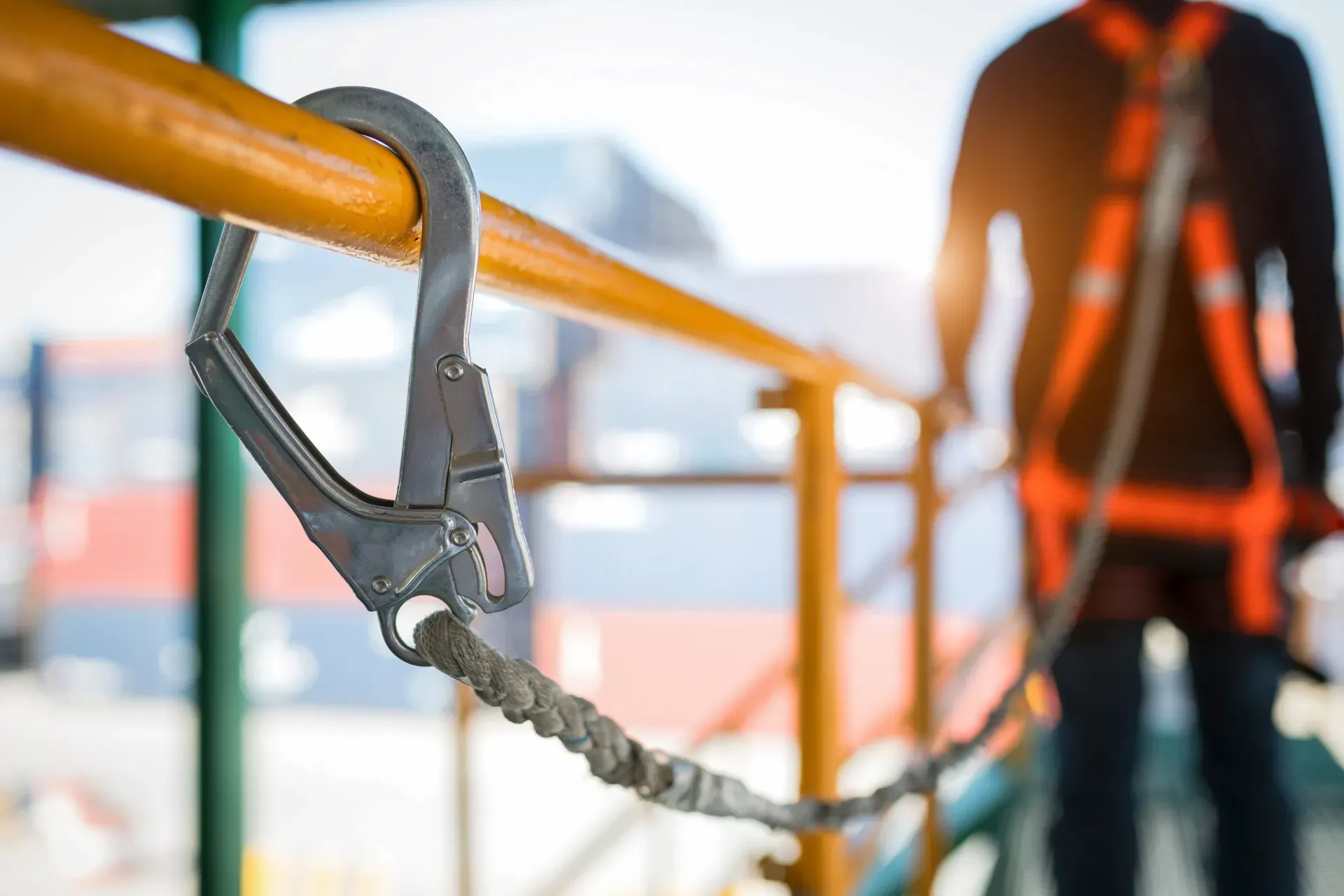
During the course of my duties in working with different companies, one of the first questions I ask people is, "What actually is safety? And what does it mean?" Oftentimes, people will reply with a number of different answers. None of which are wrong, and usually include things like being careful, being cautious, or being aware. Sometimes people will say, “You know… I don’t actually know what safety really means. I just always equate it to being careful.”
Webster's dictionary defines the word safety as “freedom from harm or danger: the state of being safe.: the state of not being dangerous or harmful: a place that is free from harm or danger: a safe place”. How do we free ourselves from danger? Can we ever truly eliminate it? An easier way to define safety is to say that it is basically the reduction of risk.
I think we can all agree that we can’t eliminate risk. We face a certain amount of risk in everything we do in our lives. Think about walking around. It’s something most of us have done or been able to do since we were toddlers, but there is a certain amount of risk involved. People trip and fall all of the time. If we can’t eliminate risk, how do we reduce it? This is where human behaviors come into play.
We can use traditional safety approaches like administrative controls or engineering controls; which both work to a certain degree, but ultimately it comes down to the decisions we make. We have to decide how we want to accomplish a task. Hopefully we have been trained on the task and know how to perform it using the right method or procedure but it is up to us to choose to do it the right way. As a supervisor or manager, you can equip your employees with the best training and proper tools to complete the job but you cannot do the job for your employees or be there constantly to monitor how it’s done. It comes down to decisions and choices.
This is why behavioral safety works. We train people to use Method Oriented Safety Thinking®. When an employee uses M.O.S.T., they are oriented to always using the right method for the job. While doing so, they apply safety thinking, which is focus or awareness of the task at hand. Doing so will eliminate carelessness and not thinking (the two major causes of injury). M.O.S.T. is about habits and making the right way your habit no matter what. Since the right way is almost always the safe way, you get the job done right without getting hurt. Reduction of risk is then built into your work habits and safety is integrated into what you do and not separate.
It’s true we can never really 'free ourselves from danger,' but with the right approach, we can greatly reduce it!
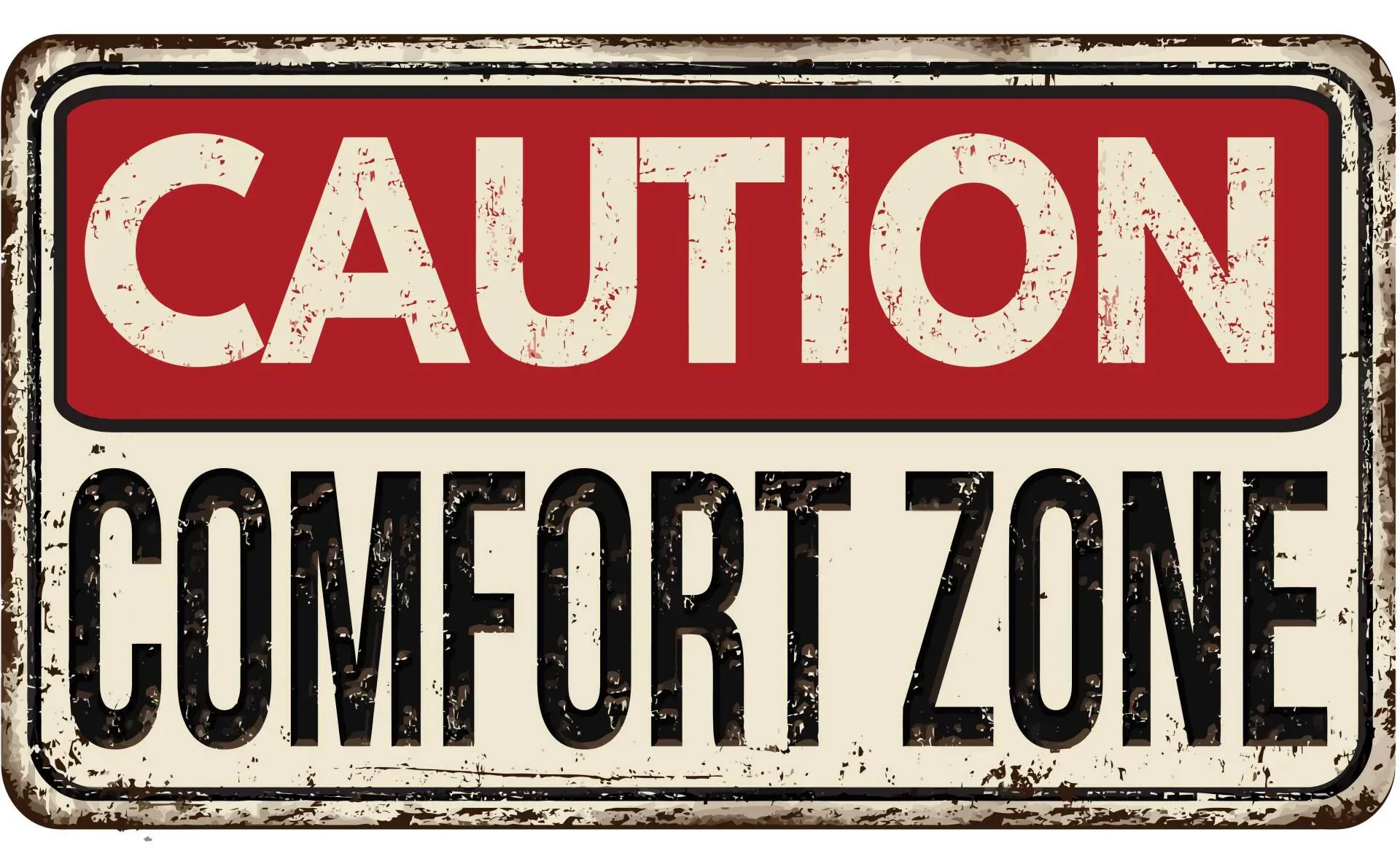
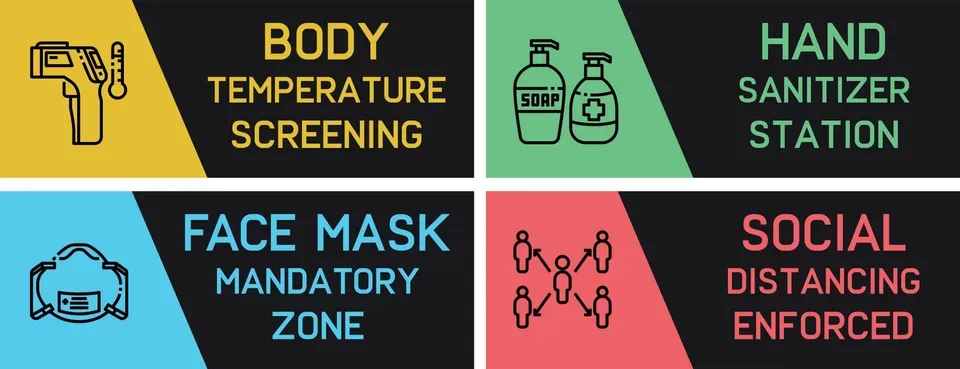
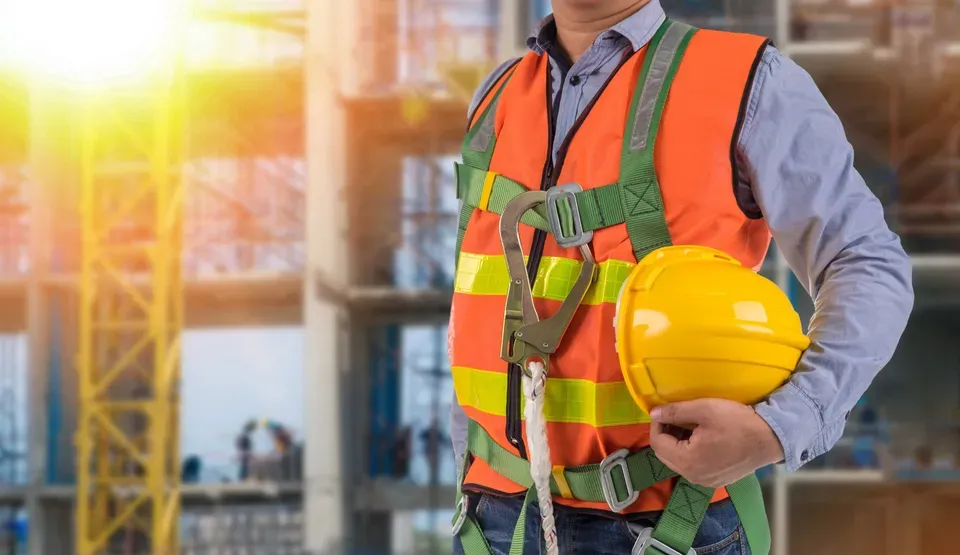
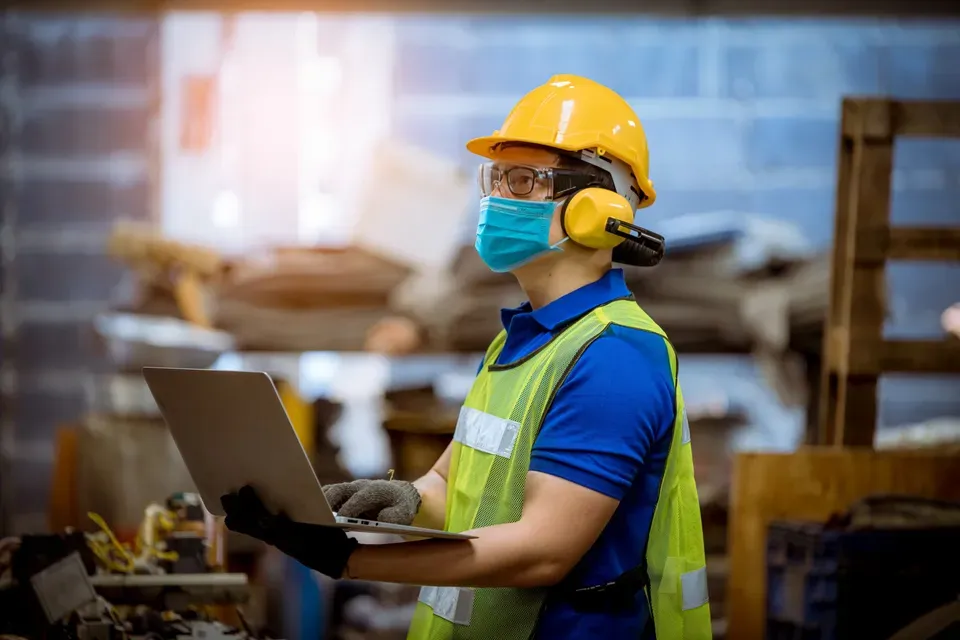
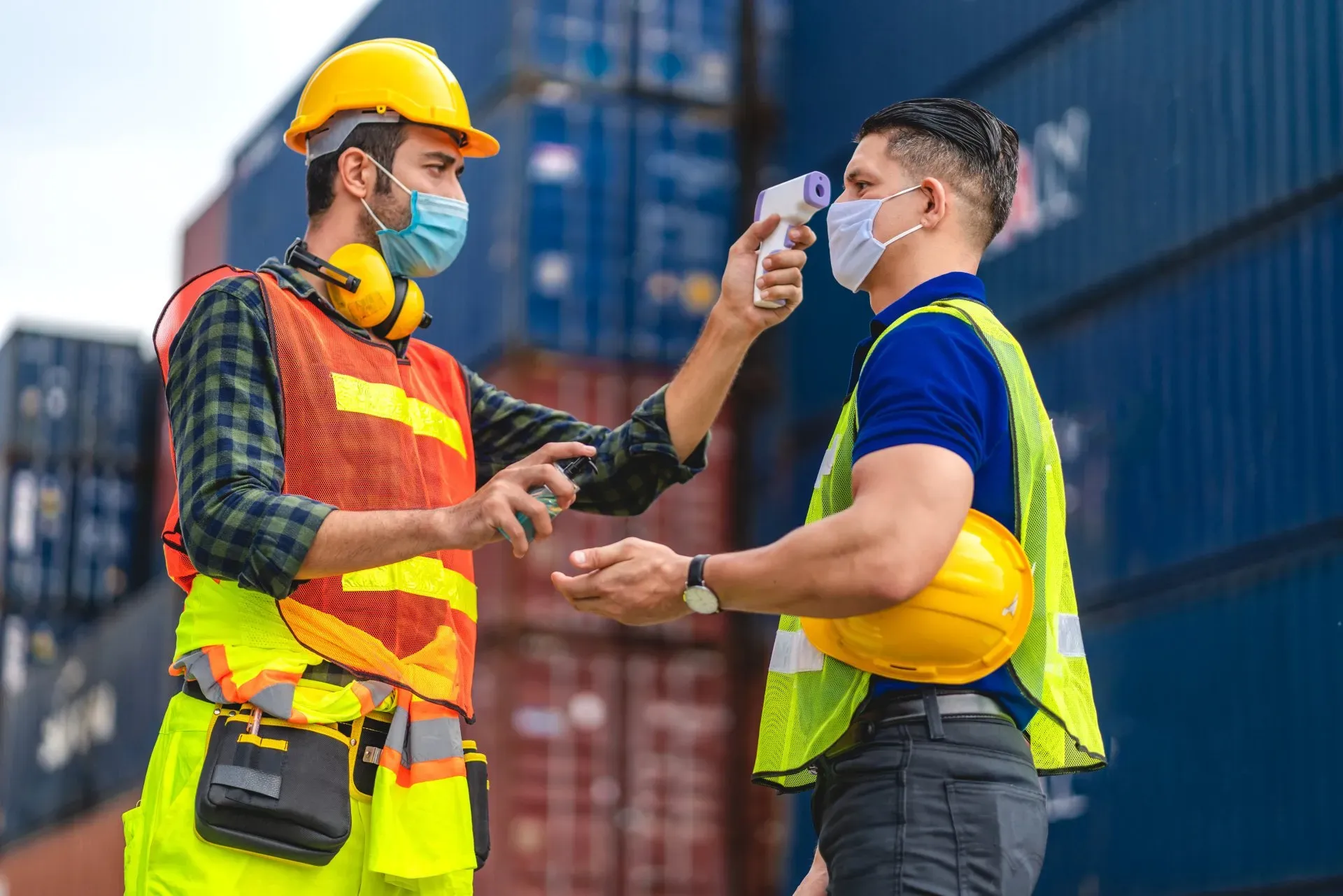
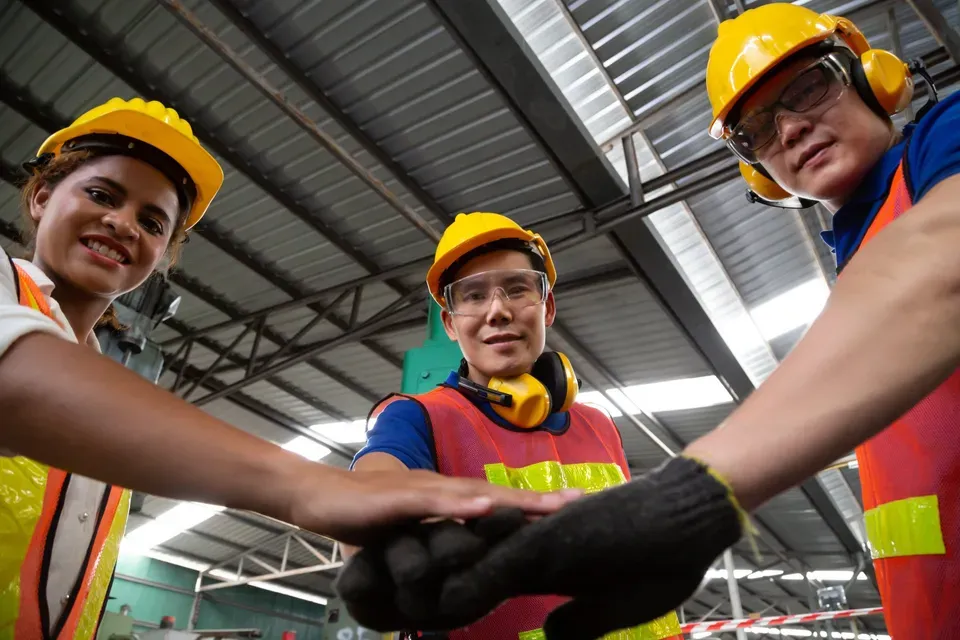
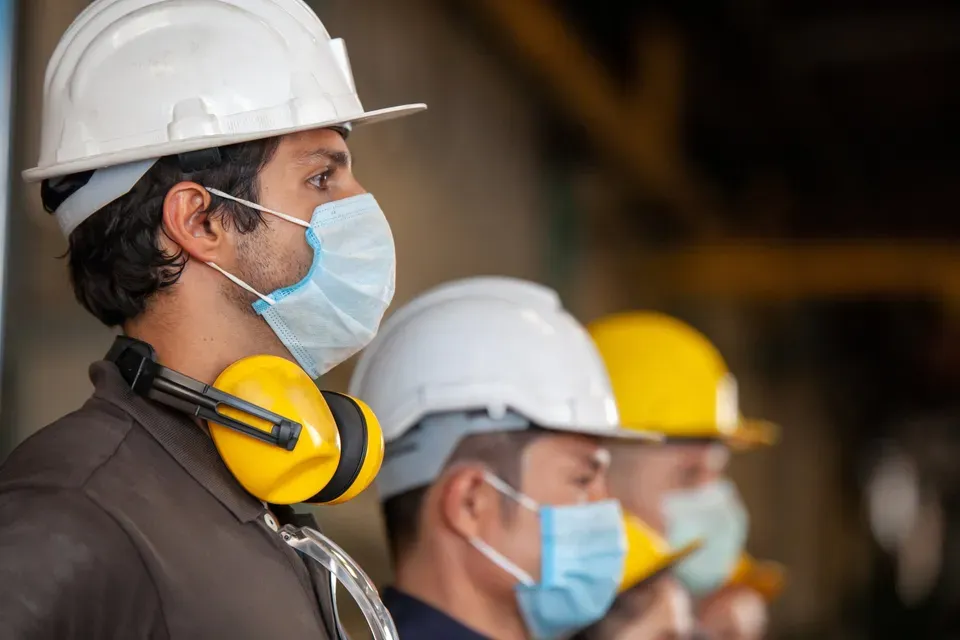
Johnston & Associates, Inc.



